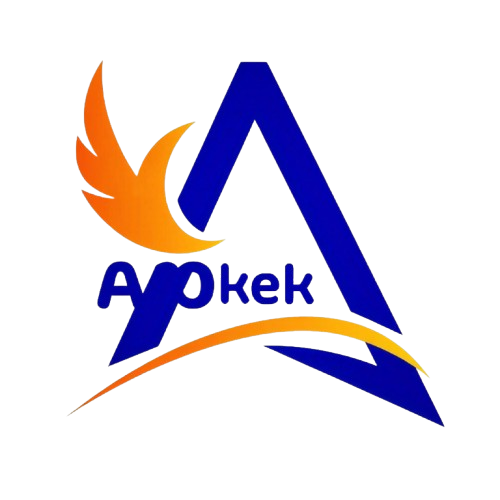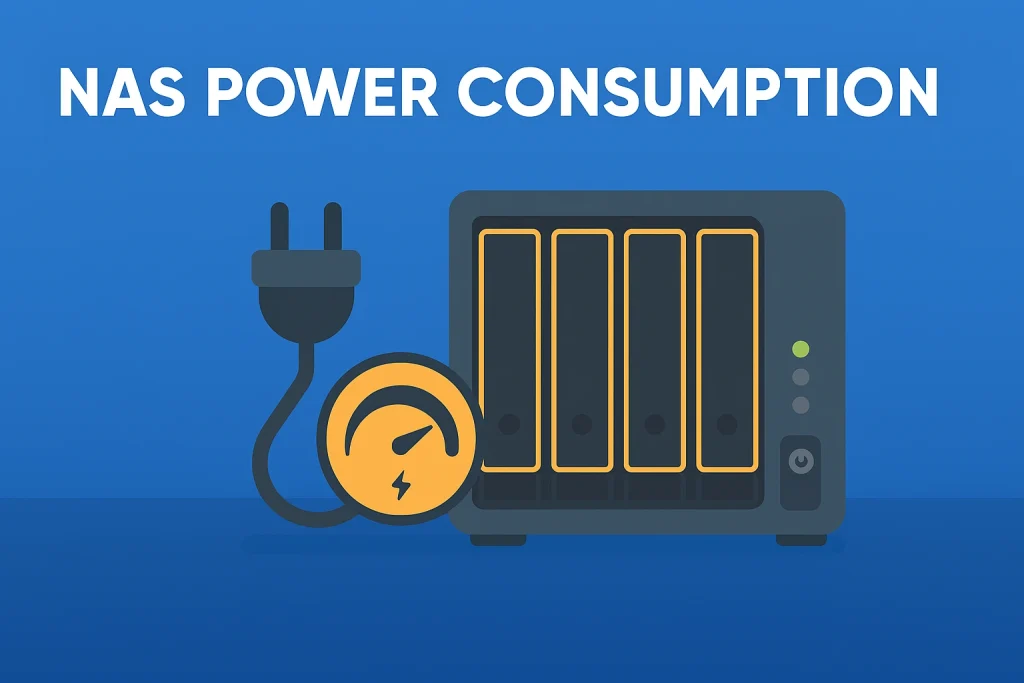I think when I first set up my NAS at home I did not even think about how much power it might use. I was just excited that I could store my files, photos and backups safely in one place. If you also wonder about this then you are not alone.
We all use devices every day that run 24 hours without stopping and a NAS is one of them. So I started testing and learning about NAS power consumption and in this article I will share everything I found in the simplest way possible.
This article will help you understand how NAS uses power, how we can reduce it and what setup is best for home or office use. If you are planning to buy a NAS or already have one then this guide is made for you.
What Is NAS And Why It Uses Power
NAS means Network Attached Storage. It is like a small computer that stores and shares data through your network. We use it to keep backups, share files, stream media and even run small apps.
Inside it has hard drives, fans, processors and memory that all need electricity to work.
The power consumption depends on how big your NAS is and how many drives it has. For example a small 2 bay NAS may use around 15 to 25 watts while a large 8 bay system can use 60 watts or more.
Why NAS Power Consumption Matters
I think we should care about power use because it affects both our electricity bill and the life of the device.
If a NAS runs 24 hours a day then even a small difference in power use can add up over a year.
So if we want our NAS to last long and save money we should learn how to manage power wisely.
How I Measured My NAS Power Use
I used a simple power meter to check how much my NAS was using in different situations.
- When it was idle with no data transfer
- When it was copying or streaming files
- When it was in sleep mode
What I found was interesting.
When idle my NAS used about 18 watts. And when it went into sleep mode it used less than 10 watts.
This showed me that most of the time the NAS does not use much power unless we are actively working on it.
How To Reduce NAS Power Consumption
If you are like me and want to save power then here are some easy things we can do.
1. Use Power Saving Mode
Most NAS systems have power management settings. We can set the drives to go to sleep when not in use. This saves a lot of energy because hard drives use most of the power.
2. Use Efficient Hard Drives
Not all drives are the same. Some drives are made for low power NAS systems like WD Red or Seagate IronWolf. They use less power and produce less heat.
3. Turn Off Unused Apps
Many NAS units can run extra apps like media servers and backup tools. If we do not use them all we should turn them off. That way the CPU uses less power.
4. Use Fewer Drives
If we do not need a lot of storage we should not fill all bays. Each hard drive adds extra watts to total power use.
5. Schedule On And Off Times
Most NAS have a feature to schedule power on and off. If we only need it during the day then we can set it to sleep at night.
Comparing NAS Power Use With A Computer
A normal desktop computer can use around 200 watts or more when running. A NAS on the other hand uses around 20 to 40 watts. That means the NAS is much more efficient for file storage and backups.
If we only need to store and share data a NAS is better than keeping a full PC running all the time.
NAS Power Consumption By Brand
Based on what I have seen and read here is a general idea of average power use for popular NAS brands.
| Brand | Model Type | Power (Watts) |
| Synology | 2 bay | 15 to 25 |
| QNAP | 4 bay | 30 to 50 |
| Asustor | 2 bay | 20 to 35 |
| TerraMaster | 4 bay | 25 to 45 |
These numbers are not exact but they give us a clear idea that most NAS systems are energy friendly.
How NAS Power Impacts Cost
Let us say your NAS uses 25 watts on average.
That means 25 watts x 24 hours = 600 watts per day.
600 watts is equal to 0.6 kWh.
If your electricity rate is 20 cents per kWh that means 0.6 x 0.20 = 12 cents per day.
That is about 3.60 dollars per month which is not much for keeping your data safe and available anytime.
How Power Supply Affects NAS
The power supply inside the NAS also plays a role. A good efficient power supply wastes less energy as heat. We should look for one with at least 80 percent efficiency rating.
So we should always use the official adapter that comes with our NAS.
Does Drive Type Affect Power
Yes it does. Hard drives (HDDs) use more power than solid state drives (SSDs).
If we use SSDs in our NAS they will consume less power and also make less noise. So we can mix both if our NAS supports it.
Can NAS Run On Solar Power
I think if you are using solar energy then you can easily run a NAS on it because the power use is very low. Even a small solar setup can keep it running day and night with a battery backup.
That makes NAS a good choice for remote or eco-friendly setups.
NAS And UPS Power Backup
If you use a NAS you should always use a UPS or battery backup. It protects the NAS from sudden power cuts and also gives you time to shut it down safely.
A 650VA UPS can run a small NAS for around 30 to 40 minutes easily.
How Temperature Affects Power
If your room is hot the NAS will use more power because its fans will spin faster to cool down the system. So we should place it in a cool and open area for better efficiency.
What I Learned About NAS Power
After months of testing I learned that NAS power use is not as scary as I thought. If we use power saving settings and choose the right hardware it becomes very efficient.
We just need to be careful with what apps we run and how many drives we use.
FAQs
What is the average power consumption of a NAS?
The average NAS uses between 15 to 50 watts depending on size and number of drives.
Does a NAS use power when idle?
Yes it does but much less. In idle mode it may use 10 to 20 watts only.
Can I reduce NAS power use?
Yes by using sleep mode efficient drives and scheduled power settings we can reduce it a lot.
Is it okay to keep NAS on 24 hours?
Yes it is made for 24 hour use. Just make sure it has good airflow and clean power.
Can I use solar power for NAS?
Yes a small solar setup can easily power a NAS since it uses very little energy.
Conclusion
I think we should all check how much power our NAS uses because it helps us save money and make smart choices.
NAS systems are amazing for data storage backups and media streaming but like every device they need power to run. If we manage that power wisely we can keep our NAS safe, cool and efficient for many years.
If you are planning to buy one then focus on low power models and use the settings that help it rest when not needed.
We all love our data safe and our bills low and with a few simple steps we can have both.

